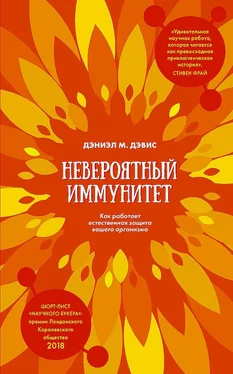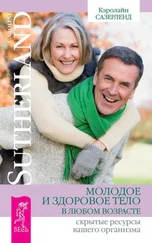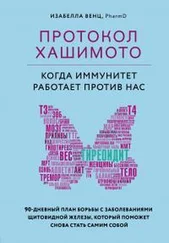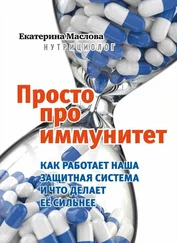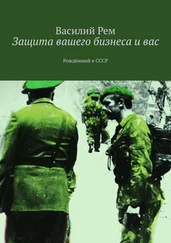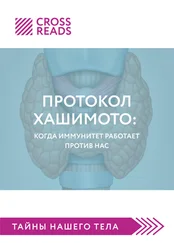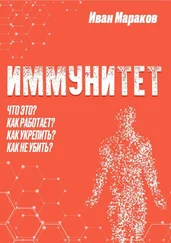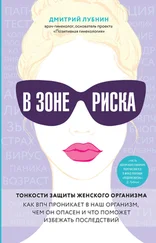Rooke.
153 коробки собранного Филипом Хенчем об истории желтой лихорадки хранятся в Университете Вирджинии. Архив включает в себя и множество личных предметов — фотографий Филипа Хенча с женой Мэри в Гаване, а также письма и телеграммы. Некоторые документы оцифрованы и доступны онлайн: https://search.lib.virginia.edu/catalog/uva-lib:2513789.
Kendall.
Selye, H., ‘A syndrome produced by diverse nocuous agents’, Nature 138 (1936).
Ханс Селье был номинирован на Нобелевскую премию много лет подряд, по меньшей мере семнадцатью разными людьми, но так ее и не получил. Подробности — в номинационной базе: nobelprize.org.Nobel Media AB2014. .
‘Obituary. Dr Hans Selye dies in Montreal; studied effects of stress on body’, New York Times , 22 октября 1982 года.
Fink, G., ‘In retrospect: Eighty years of stress’, Nature 539, 175–176 (2016).
Selye, H., The Stress of Life (McGraw-Hill, 1956).
‘Obituary’, New York Times , 22 октября 1982 года.
Там же.
Слово «стресс» применяется к самым разнообразным явлениям, и хотя некоторые аспекты этих стрессовых факторов одинаковы, имеются и различия. Стресс вследствие развода оказывает не такое же влияние на тело, как, допустим, стресс из-за стояния в автомобильной пробке, и ситуация на самом деле еще сложнее, поскольку каждый человек откликается на раздражители по-своему. Тем не менее общее — в гормонах, задействованных при стрессе, и поэтому, согласно современному определению, стресс — это состояние, стимулирующее так называемую гипоталамо-гипофизарно-надпочечниковую ось, что приводит к производству кортизола.
Gamble, K. L., Berry, R., Frank, S. J., & Young, M. E., ‘Circadian clock control of endocrine factors’, Nature Reviews Endocrinology 10, 466–475 (2014).
Webster, J. I., Tonelli, L., & Sternberg, E. M., ‘Neuroendocrine regulation of immunity’, Annual Review of Immunology 20, 125–163 (2002).
Ironson, G., et al., ‘Posttraumatic stress symptoms, intrusive thoughts, loss, and immune function after Hurricane Andrew’, Psychosomatic Medicine 59, 128–141 (1997).
Padgett, D. A., & Glaser, R., ‘How stress influences the immune response’, Trends in Immunology 24, 444–448 (2003).
Я пишу об этом как о факте, а не в оправдание экспериментов на животных; такие эксперименты — сложный вопрос, широко обсуждаемый в других публикациях.
Glaser, R., & Kiecolt-Glaser, J. K., ‘Stress-induced immune dysfunction: implications for health’, Nature Reviews Immunology 5, 243–251 (2005).
Rodriguez-Galan, M. C., et al., ‘Immunocompetence of macrophages in rats exposed to Candida albicans infection and stress’, American Journal of Physiology. Cell Physiology 284, 111–118 (2003).
Vedhara, K., et al., ‘Chronic stress in elderly carers of dementia patients and antibody response to influenza vaccination’, Lancet 353, 627–631 (1999).
Leserman, J., et al., ‘Progression to AIDS: the effects of stress, depressive symptoms, and social support’, Psychosomatic Medicine 61, 397–406 (1999).
Cole, S. W., Kemeny, M. E., Taylor, S. E., Visscher, B. R., & Fahey, J. L., ‘Accelerated course of human immunodeficiency virus infection in gay men who conceal their homosexual identity’, Psychosomatic Medicine 58, 219–231 (1996).
Glaser & Kiecolt-Glaser.
Brod, S., Rattazzi, L., Piras, G., & D’Acquisto, F., ‘«As above, so below» examining the interplay between emotion and the immune system’, Immunology 143, 311–318 (2014).
Pesce, M., et al., ‘Positive correlation between serum interleukin-1beta and state anger in rugby athletes’, Aggressive Behaviour 39, 141–148 (2013).
Hayashi, T., et al., ‘Laughter up-regulates the genes related to NK cell activity in diabetes’ , Biomedical Research 28, 281–285 (2007).
О смехе в целом мало что понятно, это сложное общественное поведение у нас — общее со всеми млекопитающими. См., например, беседу в TED с Софи Скотт «Почему мы смеемся»: https://www.ted.com/talks/sophie_scott_why_we_laugh?language=en.
Fransen, M., Nairn, L., Winstanley, J., Lam, P., & Edmonds, J., ‘Physical activity for osteoarthritis management: a randomized controlled clinical trial evaluating hydrotherapy or Tai Chi classes’, Arthritis and Rheumatism 57, 407–414 (2007).
Yang, Y., et al., ‘Effects of a traditional Taiji/Qigong curriculum on older adults’ immune response to influenza vaccine’, Medicine and Sport Science 52, 64–76 (2008).
Ho, R. T., et al., ‘The effect of t’ai chi exercise on immunity and infections: a systematic review of controlled trials’, Journal of Alternative and Complementary Medicine 19, 389–396 (2013).
Там же.
Там же.
Ho, R. T., et al., ‘The effect of t’ai chi exercise on immunity and infections: a systematic review of controlled trials’, Journal of Alternative and Complementary Medicine 19, 389–396 (2013).
Morgan, N., Irwin, M. R., Chung, M., & Wang, C., ‘The effects of mind — body therapies on the immune system: meta-analysis’, PLoS One 9, e100903 (2014).
Выкладки рассуждений NIH и NHS о воздействии тайцзи вот здесь: https://nccih.nih.gov/health/taichi/introduction.htm and http://www.nhs.uk/Livewell/fitness/Pages/taichi.aspx.
Bhattacharya, A., McCutcheon, E. P., Shvartz, E., & Greenleaf, J. E., ‘Body acceleration distribution and O2 uptake in humans during running and jumping’, Journal of Applied Physiology: Respiratory, Environmental and Exercise Physiology 49, 881–887 (1980).
Читать дальше
Конец ознакомительного отрывка
Купить книгу
